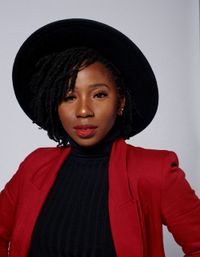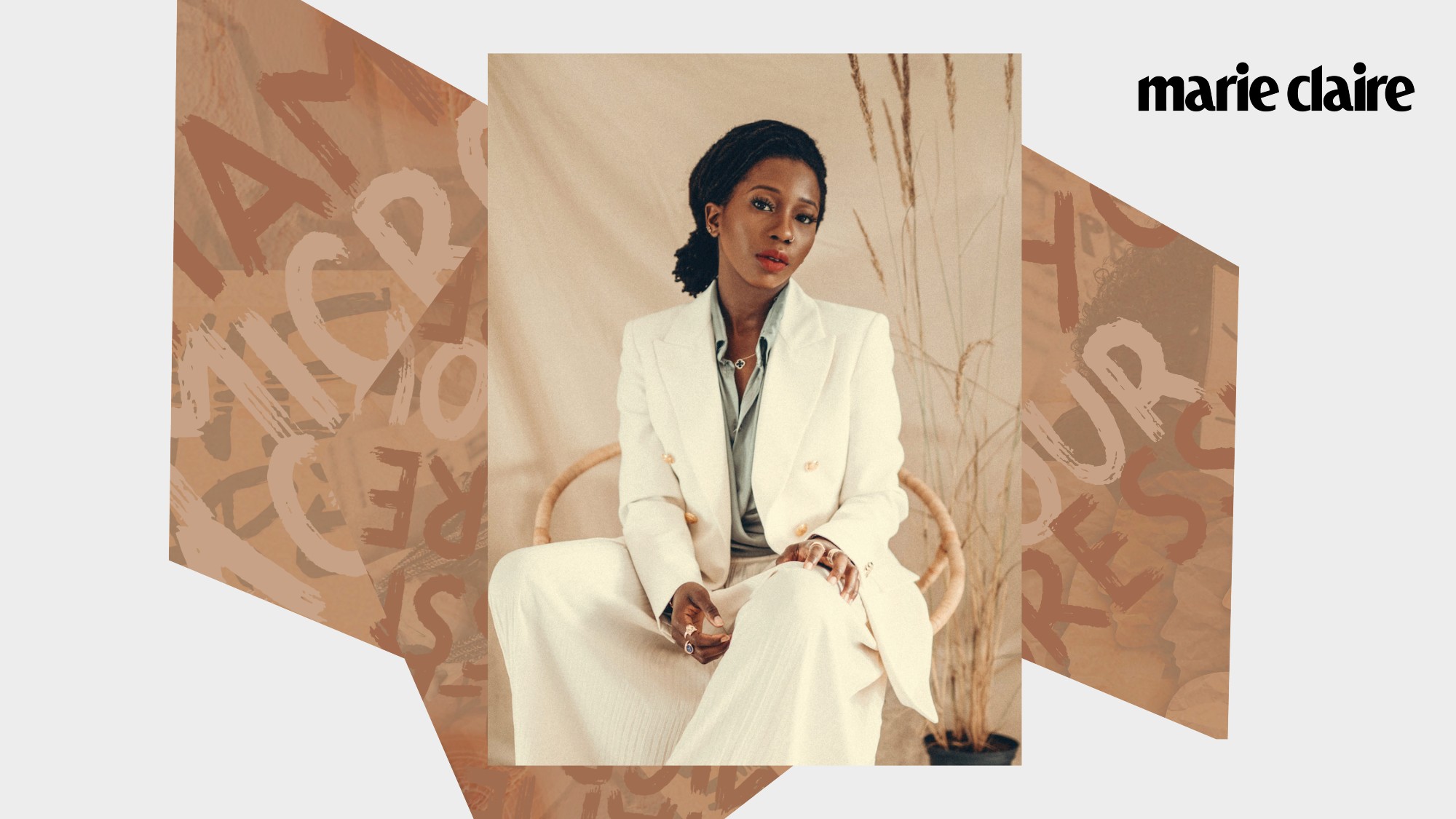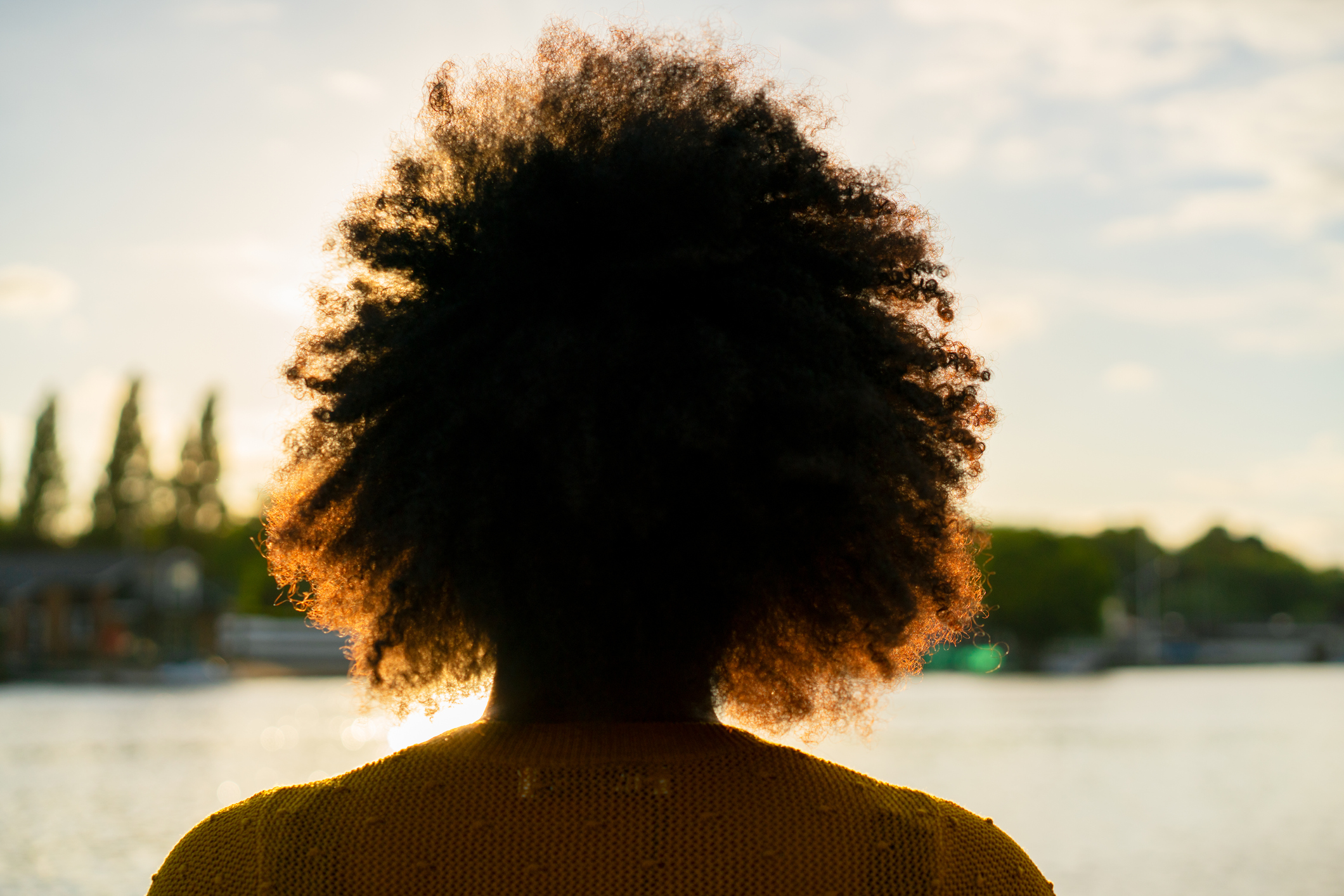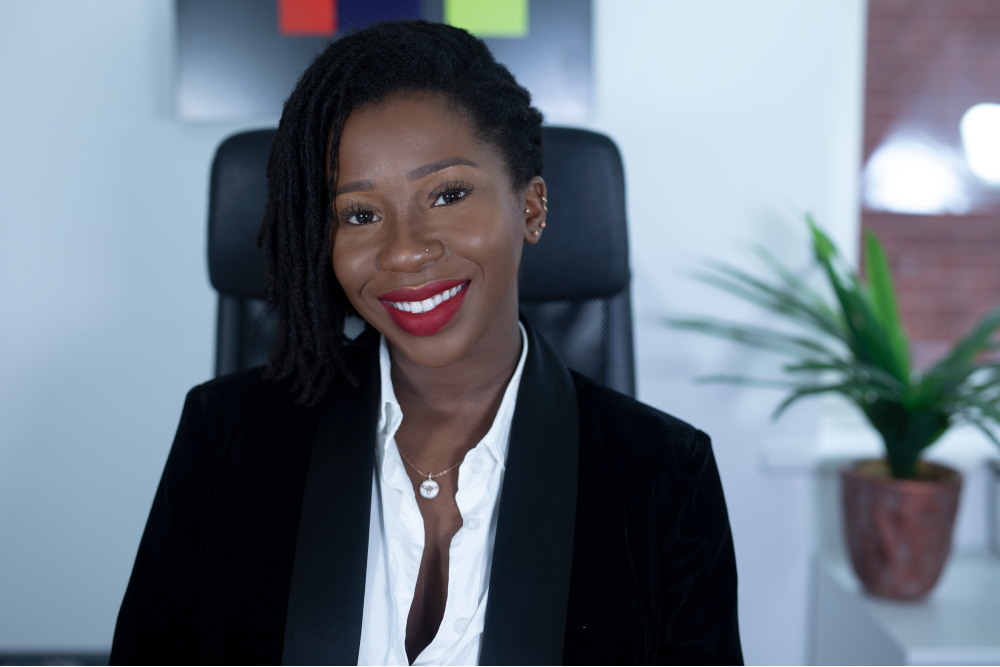Racial micro aggressions some people don’t even realise are offensive
Sharing her experience of this endemic symptom of racism, Dr Adanna Steinacker explains how we can all spot them and, more importantly, stop them forever


Sharing her experience of this endemic symptom of racism, Dr Adanna Steinacker explains how we can all spot them and, more importantly, stop them forever
I have experienced quite a number of racial microaggressions, but on two occasions it really hit home. Once when I was at a salon getting a new hairdo, a young woman walked up to me and got quite close, invading my personal space without seeking permission. She asked, with a surprised look on her face, "Is this your real hair?"
Before I could form a sentence, she proceeded to feed her fingers into my afro without asking, I was gobsmacked. This incident stays with me always. The fact that this woman thought it fine to touch any part of my body without consent was itself wrong, but most importantly the fact that my hair seemed so strange to her showed how diverse her social circle and influences were.

Another incident happened at the gym. I was in the changing room, minding my own business and getting dressed after a session, when a person said, “you are pretty for a black girl”. This statement is a microaggression because it clearly attributes beauty solely to whiteness. Any beauty outside of this skin type is approached with shock as if to say Black people cannot be deemed beautiful. She could have just said, "you are pretty".
Both instances were fleeting, leaving me in shock and unable to offer a learning opportunity to these people who seem to need it the most.

Racial microaggressions, in many cases, are born of our ignorance, fear, insecurity and inaccurate knowledge of the diversity of the human species. White supremacy interwoven in the fabric of systems built around ‘whiteness’ is the main ailment, and microaggression is only but a symptom. The conscious action in negating to recognise an individual as an entity who rightfully belongs within any space, regardless of the variation of features in itself, is telling of the impact society’s influences have had.
The concept of racial microaggressions was refined in 2007 as a “brief and commonplace daily verbal, behavioural, and environmental indignities, whether intentional or unintentional, that communicate hostile, derogatory or negative racial slights and insults to the target person or group.”
Celebrity news, beauty, fashion advice, and fascinating features, delivered straight to your inbox!
Below are a couple of examples I have experienced and also witnessed, and suggestions for what to say instead.
Racial microaggressions: The four main types
1. “Your name is so hard to pronounce”
A scenario many who have experienced microaggression are all too familiar with, is the inexplicable confusion surrounding the pronunciation of one's name. A conversation taking place within an office space between a new employee and an assigned work buddy goes as follows:
James: “Hello, my name's James, welcome to the team. What 's your name?”
Zubeida: “Hi, my name's Zubeida.”
James: “Oh. That’s a really tricky name to pronounce *laughs* I don’t want to destroy your name with my pronunciation, can I call you Zee or Anna perhaps?”
The microaggression: It is impolite to ignore one’s identity, and a name forms the basis of this. Most names follow the same rules of phonics, so the passive first reaction when presented with a name outside one's cultural circle is unnecessary. "The remark suggests the person in question does not fit in culturally or linguistically. That their identity is not worth taking time to learn about," says Christine Mallinson, Professor of Language, Literacy, and Culture at the University of Maryland Baltimore County (UMBC).
What to say instead? Simply ask, “how do you pronounce your name?” Do not shorten the name or pull a name out of thin air, offering it up on a golden platter with a smile.
2. “You're articulate and speak really good English for a Black person”
"We (a white-dominant society) expect black folks to be less competent," wrote A. Gordon in The Root. "And, speaking as a white person, when we register surprise at a black individual's articulateness, we also send the not-so-subtle message that that person is part of a group that we do not expect to see sitting at the table, taking on a leadership role."
The microaggression: The attachment of all things articulate, brilliant and poised to whiteness is a misconception. Articulation or intellectual excellence is not colour specific, neither does it belong to one cultural group. By attributing this to whiteness, one is invalidating the internal work an individual would have undertaken to attain such skills. Their personal growth is valid and should be recognised for what it is.
What to say instead? Nothing in the first instance. If you feel the need to comment, so as to fill the silence, you could complement the individual on a section of the speech they gave. For instance, “Great speech, I can relate to some of the examples you gave.”
3. “Where are you from? No, where are you really from?”
A short film made by Keele University on microaggression sees a young lady named Ade get asked, “Where are you really from?” by a colleague. Ade was made to feel like a foreigner in her own country when she was questioned repeatedly about her origins.
Louise: “So Ade, where are you really from?”
Ade: “I am from South London.”
Louise: “No, I mean where are you really, really from? You don't look like you are from around here.”
Ade: “South London born and raised.”
The microaggression: The perception that anyone with a bit of tanned skin doesn't belong within a certain space and the notion that they would have to be a foreigner is flawed. One doesn't have to fall under the ‘White British’ colour gradient to belong to a space within that country. People with a myriad of skin tones and facial features are citizens of this land and should be regarded as such.
What to say instead? Nothing. If the conversation proceeds past the basic formal pleasantries and home locations are discussed, accept the home city the individual gives.
4. “Is that your real hair?”
Black women, in particular, receive far more comments about their hair. The intrigue surrounding this textured hair makes some people view it as an extraterrestrial element, which needs to be prodded to verify its realness. According to the Perception Institute, Black women's textured hair is often viewed as "less professional" than smooth hair.
The microaggression: Black women suffer a higher anxiety level regarding the appearance of their hair and the incessant comments that arise. Statistics show that “one in five black women feel socially pressured to straighten their hair for work, which is twice the rate for white women.”
What to say instead? Nothing in the first instance. Hair is hair, it has a broad spectrum and one type should not be singled out negatively. If you see a friend or colleague’s hair looking lovely, you could complement “nice hairdo”. Do not ask to touch it or discuss the hair texture, and lastly, do not ask how many times it is washed a week.

How to spot racial microaggressions
Microaggression can sometimes come in the form of a compliment, wrapped up in softness and delivered with charm. So, it's imperative to engage one's sharp eagle-eye spotting skills and ears as sensitive as bats to pick up any microaggressions. Then, address them using these methods.
1. The ascription of intelligence to whiteness As conversations fly around us, it is important as an ally to call out this falsehood when intelligence is only aligned to whiteness.
2. The reluctance in addressing people by their real name and not learning how to accurately pronounce a name When a colleague or friend is unwilling to learn to pronounce a name accurately, and is requesting to call the individual a different name. As an ally, it may be useful to suggest a pronunciation example.
3. Colour blindness We see colour and physical variations, so it is important to give these the respect they are due. Saying, “I do not see colour” is denying there is microaggression taking place. You could notice the differences in people, however, centre the conversation around the skill and ability the individual is bringing to the table. Their ethnicity has no bearing on their output.

Allyship Strategies
To ensure allies are able to help when racial microaggressions are taking place, I have detailed two strategies created by experts in this field. XYZ and A.C.T.I.O.N are two proven allyship methods developed by academics Cheung, Ganote, and Souza, in their research paper, Microaggressions and microresistance: Supporting and Empowering Students. These strategies are instrumental in approaching allyship from a place of questioning and clarification. Seizing the golden opportunity to impart knowledge with a growth mindset and also using one's experience to describe the value gained in unlearning certain harmful ideologies.
The steps below give the power to take A.C.T.I.O.N rather than staying silent in the face of a microaggression. They are both as simple as XYZ in implementing, depending on one's conversation style.
1. Speak up by using XYZ:
“I feel X when Y because Z”. Example: “I feel uncomfortable when I hear comments about Claude because he is not here to defend himself.”
2. A.C.T.I.O.N
Ask clarifying questions to assist with understanding intentions
Carefully listen to their response
Tell others what you observed as problematic in a factual manner
Impact exploration: ask for, or state, the potential impact of such a statement or action on others
Own your thoughts and feelings around the impact
Next steps: Request appropriate action be taken

The Truth
Racial microaggressions can be tackled by information dissemination. People need to educate themselves on the vast differences of individuals from all around the world. Diversity is fascinating and should be approached with the enthusiasm of a starry-eyed child. Psychologists have described microaggression as “death by a thousand cuts”. It's exhausting, impacts mental health and causes people to shrink themselves to suit the ‘white spaces’ they find themselves in. Expanding one's consumed information to include black content, as well as being confident enough to make friends outside one's cultural circle would be productive in reducing microaggression.
As a pink rose doesn't question the existence of a red rose, blooming graciously beside it, so should people of colour reserve the right to flourish without questioning their belonging.
* Dr Adanna Steinacker is a medical doctor turned digital entrepreneur and co-creator, with husband David, of the family brand The Adanna & David Family (@adannadavid_fam). Their mission is to inspire intentional parenting and educate on early childhood antiracism.
